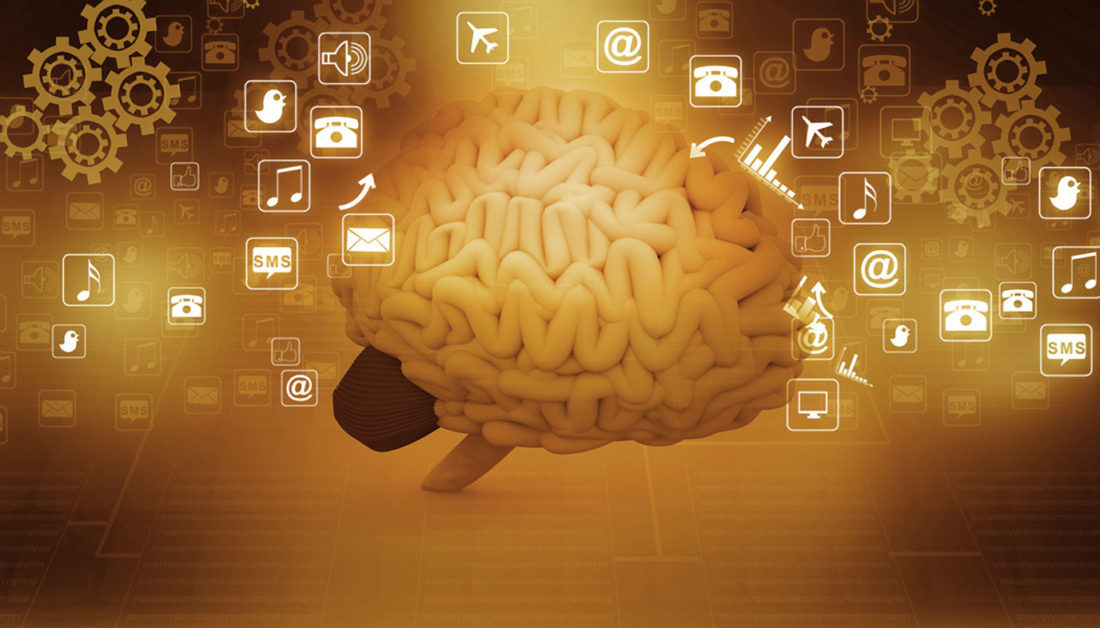Your Brain on Social Media Sharing: Is it Emotional?
What makes a piece of web content go viral? A video of a tiny hamster eating a tiny burrito, for example (7,130,728 views at last count). Or, perhaps more importantly, what’s happening in our brains that trigger us to either share or not share something we consume online?
Sharing of information – gossip, news, humor – is as old as the back fence where grandma would kibitz with her crony next door. But in an age when everyone is a major media broadcaster, decisions about what gets shared can have enormous commercial and cultural consequences.
Nicholas Hune-Brown looks into research investigating what the “buzzy,” trend-predicting brain looks like. Researchers identified significant activity in the temporoparietal junction, or TPJ, in test subjects who were able to select ideas and content that were likely to be adopted and shared – in other words, potentially viral.
The TPJ is part of the brain’s “mentalizing network,” which we use to think about the thoughts and feelings of others. It’s the part of the brain that sparks during successful conversations, when we’re trying to figure out how to communicate, or when we read a book and try to put ourselves in the mind of the main character. While reading the most successful pitches, the interns weren’t just concerned about enjoying a pitch themselves—they were anticipating what others might enjoy. The people most able to make something “go viral” were those who instantly began thinking about how to make the information useful to a larger community.
The discovery here is that promotion of an idea or piece of information occurs in the area of the brain associated with empathy, compassion, selflessness. People are thinking about what others would enjoy or appreciate. This is pre-frontal lobe stuff, not the limbic brain. Notice that Hune-Brown refers this area of the brain as a mentalizing network – not an emotional center.
The brain is a highly complex and interdependent system, of course, and there are emotional needs which are undoubtedly met by the mentalizing process of sharing. One’s Consistency Trigger might include, for example, an aspect of self-identity that says, “I am someone who shares passions and joys rather than keep them to myself.” So it’s an emotional trigger that may prompt an inclination to share, while the sharing itself appears to activate the higher functioning, socially conscious regions of the brain.


